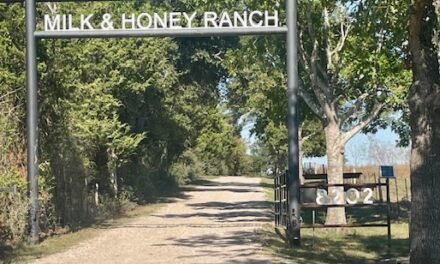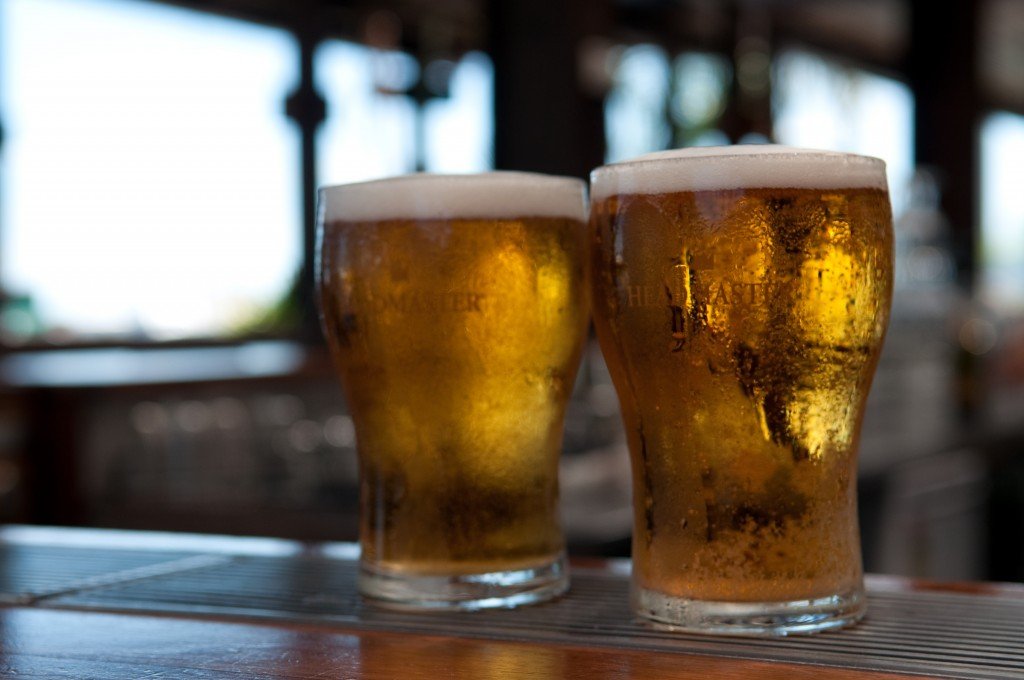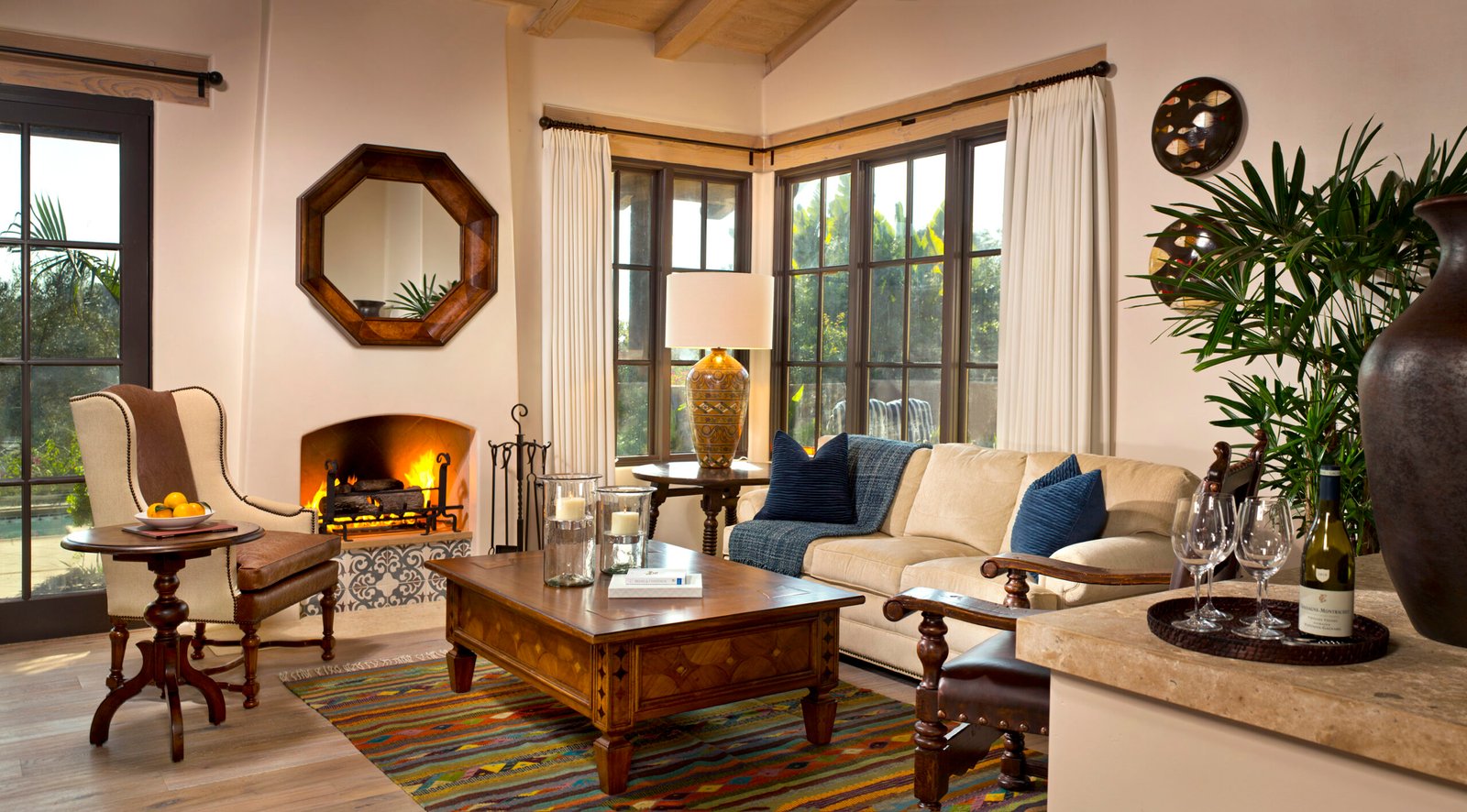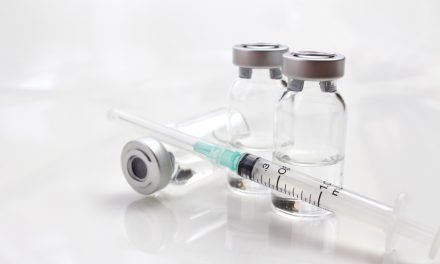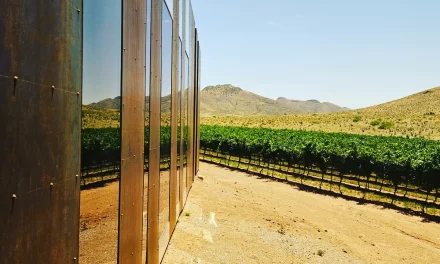
Since Craft Beer Has Disrupted The Industry, What’s Next?
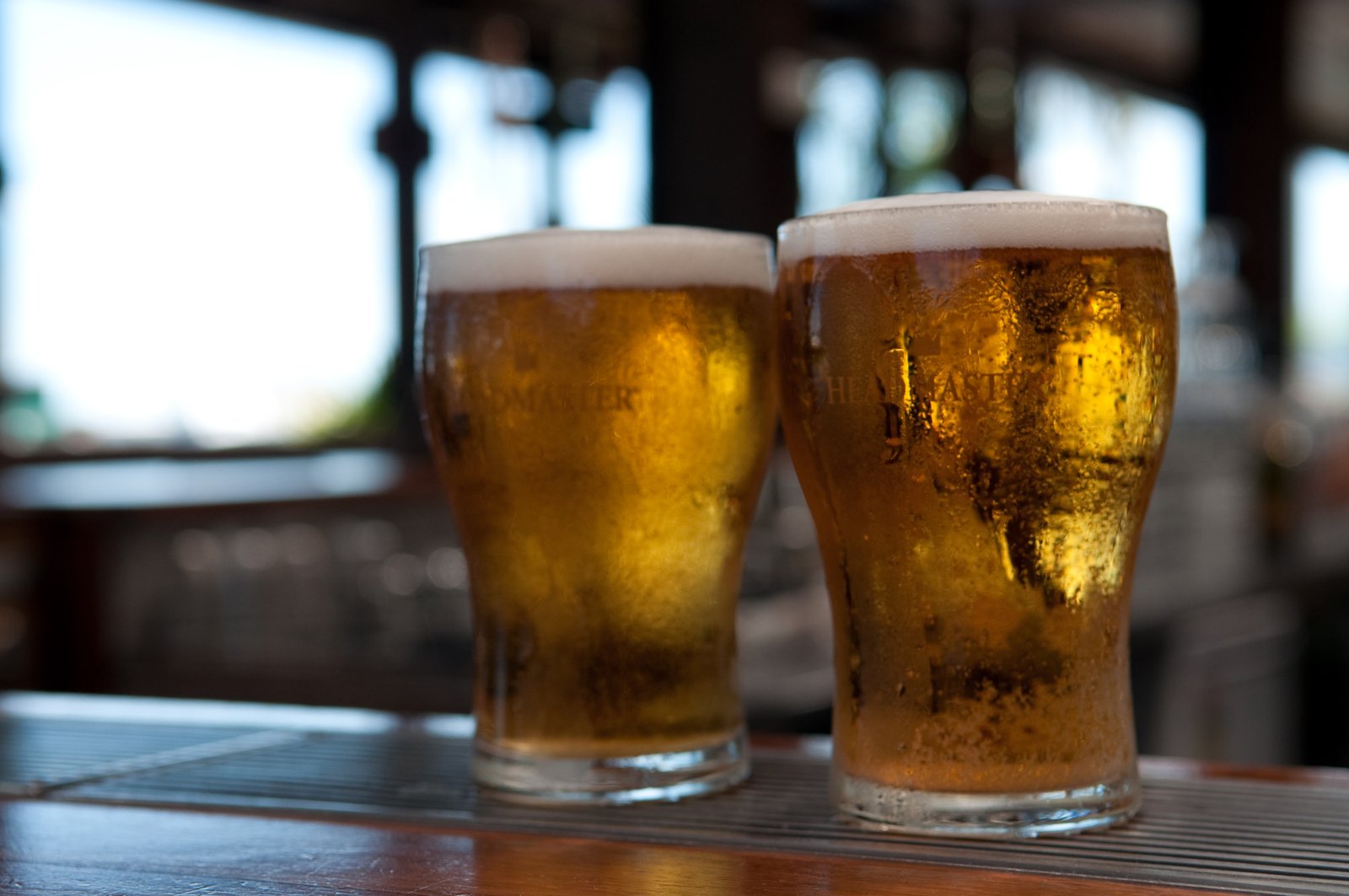
Craft Spirits Are Following The Same Trajectory As Craft Beer
America has fully embraced craft beer.
- On average, a new brewery opens its doors every single day in the U.S., according to NPR.
- Craft brewers now account for one out of every 10 beers sold in the U.S.
- Higher learning institutions are adding brewing minors, certificates and even four-year programs.
“Craft beer completely disrupted what was once believed to be a very traditional business,” says Steven Earles, CEO of Portland-based Eastside Distilling.
“We believe craft spirits will follow the same path as craft beer. It’s basically a slam dunk, according to the data… and our overall hunch.”
In 2008, when Earles’ distillery launched, there were only 210 craft distillers in America. Now, there are more than 700. Whiskey and bourbon continues its rapid growth. Helping to fuel this recent growth, women now represent 37 percent of the whiskey drinkers in the U.S., compared to just 15 percent in the 1990s.
And stories continue to unfold regarding possible bourbon shortages due to high demand. Innovations in distilling methods to create new flavor profiles are taking charge. Earles’ distillery uses locally sourced barrels and ingredients for their infused whiskeys and rums.
“Some states like Washington and Oregon – where we are based – have strict laws regarding quality control on distilled spirits,” Earles says. “We’re proud to be from the northwest and that we use locally sourced ingredients.”
Earles discusses America’s growing taste for quality spirits, and what craft may mean for the future of the liquor industry.
- Bourbon and whiskey will continue in popularity. In the past decade, there has been a nearly 40 percent growth in sales of bourbon and Tennessee whiskey in the United States, according to the Distilled Spirits Council of the United States. Bourbon is now the hottest distilled spirit in the world. In the U.S., bourbon and Tennessee whiskey revenue has leapt 47 percent throughout the past five years to a total of $2.68 billion in 2014. An International Wines and Spirits Record (IWSR) survey commission by Vinexpo predicts that global bourbon sales will increase by nearly 20 percent more in the next five years, and the Aristocrat Group Corp. (ASCC) is making plans to capitalize on that growth.
- New flavor profiles will be sought by consumers, especially millennials and women. While consumers look to craft liquor for authenticity, women and 20-somethings are especially open to expanding their palates. Recently, Fireball Cinnamon Whisky has blazed quite a trail in the industry. The brand exploded in just a few short years, from just shy of $2 million in 2011 to $63 million in 2013 to $130 million last year, according to IRI, a Chicago-based market research firm. Those numbers do not include drinks sold in bars. Fireball is the fastest-growing major brand of liquor in America. Major industry players, including Jack Daniels and Jim Beam, have since come out with their own versions of the flavor.
“While Fireball has proven to be more than just a flavor of the month, we’re counting on consumers seeking out still more twists in their liquor,” Earles says.
“Our locally sourced Oregon Marionberry Whiskey, for example, is a popular choice.”
- Lifestyle imaging will likely expand. While bourbon and whiskey have skyrocketed in popularity, advertisements have delved into the lure of what those spirits have meant to the popular imagination: earthy, direct, real. That will likely continue, but it will expand, too. Bacardi, which owns brands including Grey Goose, Bombay Sapphire and Martini, has hired a new Vice president of fashion. The idea is to create an image/alliance with the fashion world.
“Perhaps Bacardi is ceding whiskey and bourbon to one image – the salt of the earth – whereas Bacardi’s efforts for their clear liquors are now meant to be aligned with a more glamorous lifestyle,” he says.
Steven Earles is the CEO of Portland-based Eastside Distilling, a producer of master-crafted spirits created from local ingredients and focused in small batches to ensure unparalleled quality. He is responsible for Eastside’s day-to-day operations as well as overseeing the company’s brand development and financial strategy. Earles, who joined Eastside in 2009, has more than two decades of executive experience and orchestrated the development and building of one of the largest land-development companies in southern California. www.EastsideDistilling.com
Photo courtesy of Wagner T. Cassimiro “Aranha”

